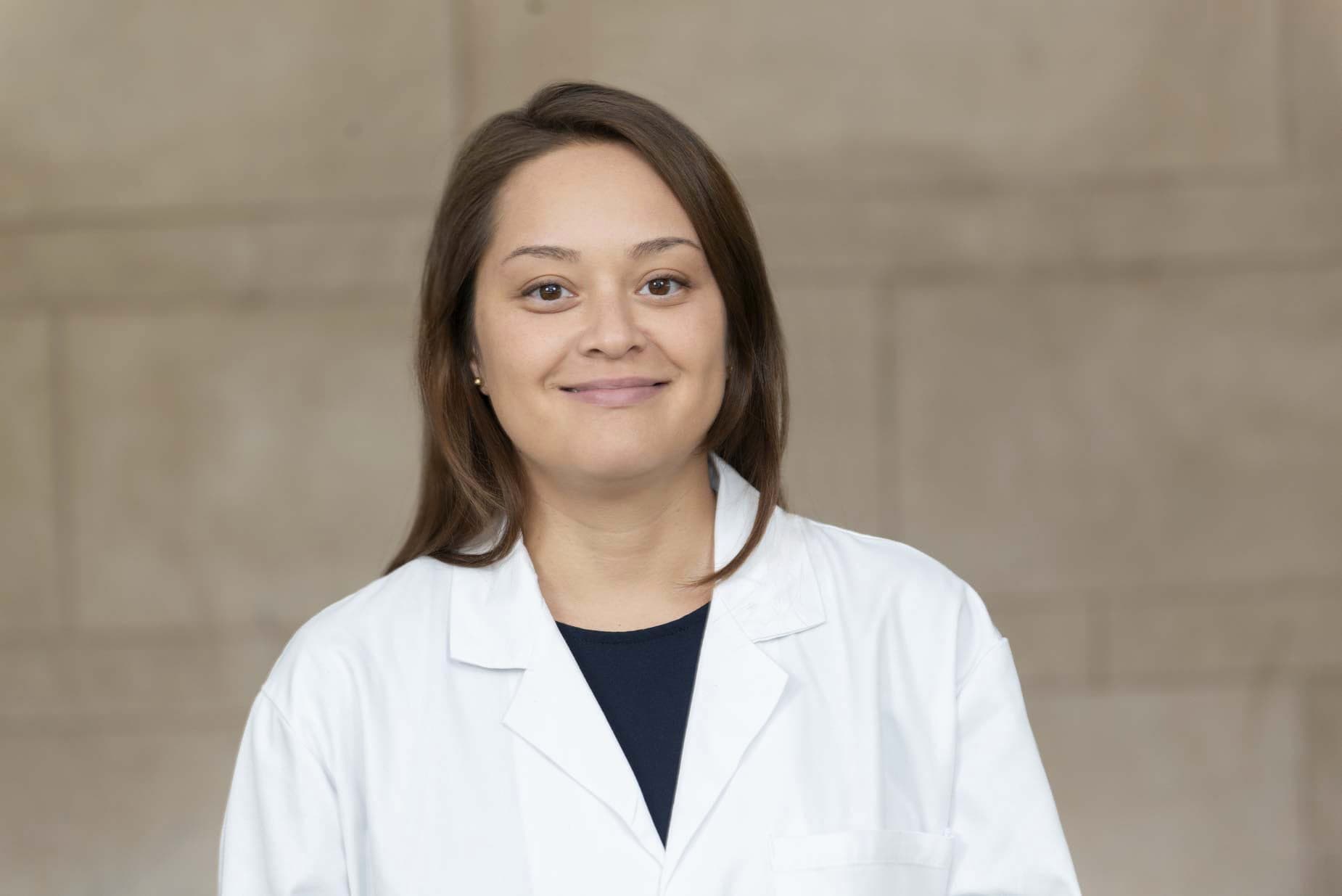
L. Calderon, PA-C
FemaleSPECIALTYUrologyLinda Calderon is a physician assistant in Coconut Creek, Florida.
SERVICES/TREATMENTS
Telemedicine - new patient - urology
$350
Telemedicine uses technology to connect patients with providers for comonly, routine concerns. Cost per time may vary.
Initial or new patient visit - urology
$300
A new patient visit is the initial appointment undertaken by a patient with health concerns. The purpose of this visit is to address relevant health concerns and possibly order studies to come up with a diagnosis and a treatment plan. On this platform any new health concern will be deemed a new patient visit.
Follow up visit or established patient - urology
$100
A follow up visit is a visit to usually the same doctor with whom you had your initial or new patient visit and, within a certain time frame and for the same original complaint. This meeting serves to review the management and progress of the health concerns you had at the initial visit.
Abdominal ultrasound - Ob/Gyn
$150
An abdominal ultrasound uses a probe to make soundwaves and produce images of the abdominal and pelvic organs.
Vasectomy
$1000
A medical sterilization procedure for men who are sure they don't want a future pregnancy.
Uroflow max
$500
Urinary flow test
Testopel
$80
Testosterone replacement/per pellet
Rezum prostate in-office procedure - established patient
$2500
A radiofrequency sourced treatment for BPH
Penile warts - removal
$250
Condylomas
Microwave/prostate in-office treatment
$750
Transurethral microwave therapy (TUMT)
Injections - urology lupron, eligard, trelstar
$650
Includes the cost of drugs.
Doppler ultrasound - penis
$150
Ultrasound study of penile blood flow
DMSO bladder installation
$100
DMSO or dimethylsulfoxide is a drug placed in the bladder to treat interstitial cystitis or painful bladdewr syndrome
Circumcision - surgeons fee only
$350
Adolescent
Circumscision -surgeons fee only
$900
Adult
Bladder scan - to check residual urine
$75
A painless ultrasound study to determine the amount of urine left in the bladder after emptying.
Cystoscopy/botox per course
$579
A small telescope is used to look into bladder and inject botox into the bladder wall. It can be done in the office after instillation of topical anesthesia. Usually 100-300 units are injected in various places into the back wall of the bladder. It's usually done to relieve urge incontinence. Its effects are not immediate and may need several sessions. Its effects are usually not permanent.
Urodynamic test - urology
$750
Urodynamics is a pressure/flow study of the bladder to see how well it holds urine and how well it releases urine. It gives a clue as to how well the bladder muscles and nerves are working and the study is often done on patients complaining of flow and or leakage troubles. The study takes a few minutes and involves the use of a small catheter inserted into the bladder for filling as well as the use of surface electrodes which are applied to the skin near the anus.
Cystoscopy - urology +/- stretch/stent removal or bladder biopsy
$350
Cystoscopy is usually an office procedure done under topical anesthesia. A narrow telescope is inserted down the urethra to examine the inside of the bladder to evaluate urinary bleeding or other urinary conditions. The cystoscopy is commonly done under camera-control and for women the scope maybe rigid while for men it is typically flexible. A slight stretch of the urethra may be required before the instrument can be inserted. Cystoscopy is also used to biopsy an area of the bladder wall or to remove a stent from the ureter.
Ultrasound-guided prostate biopsy
$350
A procedure where an ultrasound probe is placed into the rectum and sound waves are used to take images of the prostate so a needle can be guided into various parts of the prostate to take biopsies. Despite the use of local anesthetic injections around the prostate this study can still be uncomfortable and risky because of possible septic after-effects. The study is commonly done to take needle samples of the prostate to rule-out cancer.
Renal and bladder ultrasound
$150
A renal and bladder ultrasound is a painless non-invasive study of the kidneys and bladder using sound waves to create images of the kidneys and bladder. These studies are good for detecting masses, stones, cysts or drainage problems. Studies should be done with a full bladder so that it is easier to detect bladder wall masses.
Foley catheter +/- irrigation
$75
A Foley catheter is a small sterile silicone tube inserted down the urethra (often after some numbing jelly has been instilled) to drain the bladder and relieve urinary retention or bleeding. It is held in place with a small water-filled balloon. The urine drains out of the bladder through the catheter and into the drainage bag. The catheter can be removed once the balloon is deflated to see if natural urination is possible.
Telemedicine - follow up visit - urology
$100
Follow up visit